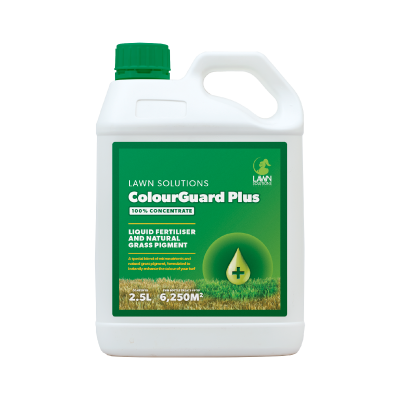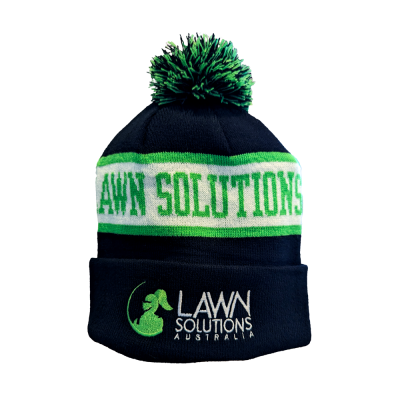Insert the ‘other type of grass’ jokes here. Yes, of course we are talking about turf, sod, grass or lawns to be less specific. There are quite a few different turf types, many different species and variations and different brands to boot.
We will do our best to cover a fair bit of useful information without boring you with too much science or tech speak on what makes grass, not ‘just grass!’
What is grass?
The definition of grass is ‘of the family Poaceae which has jointed stems, long and narrow leaves and seed-like fruit.’
There are a number of different grass types and species that have characteristics that are ideal for lawns.
Firstly, to categorise the different types of grass they are separated into either warm season or cool season varieties.
Warm season (C4) grasses thrive in spring and summer and cool season grasses (C3) perform better during the cooler months. The C3 & C4 reference refers to carbon, and the number represents how many carbon atoms within each compound. This is where they receive the particular characteristics synonymous for each type.
Warm season grasses require higher temperatures and light with lower requirements for moisture. For cool season grasses, it’s the opposite.
Warm Season Varieties include:
Couch, kikuyu, buffalo and zoysia
Cool Season Varieties include:
Fescue, Ryegrass, Kentucky bluegrass and Bent grass
In Australia, warm season grasses are suited to northern areas and cool season grasses to the far south. Geographically, we have a limited true “cool season” area compared to North America and Europe, hence the reason warm season varieties are much more common.
Let’s focus on the most common types:
(This is only a guide, within these grass types is a range of different varieties that have more superior characteristics and qualities than others, so it’s important you research them individually once you have selected your preferred grass type.)
Soft Leaf Buffalo
Soft-Leaf Buffalo have a broader leaf blade, are highly durable, easy to maintain and are soft to touch in comparison to older scratchy buffalo varieties.

Key traits:
- High shade tolerance
- Weed Resistant
- Low maintenance
- Disease resistant
Example:
Zoysia
Zoysia have a fine leaf blade but is slightly wider than couch, tapering along the blade to a tip. It also has a dense growth providing it with a high wear resistance.

Key Traits:
- High shade tolerance
- High drought resistance
- Slower growing
Example:
Hybrid Bermuda
Hybrid Bermuda’s have a very fine leaf, are quick growing and highly invasive. Requires regular mowing, an ideal sporting surface as it can be cut quite short.

Key Traits:
- High drought resistance
- Very high wear resistance
- High maintenance
Example:
Couch Grass
Couches have a very fine leaf, are quick growing and highly invasive. Requires regular mowing, an ideal sporting surface as it can be cut quite short.

Key Traits:
- High drought resistance
- High wear resistance
- High maintenance
Example:
Kikuyu Grass
Kikuyu have a medium leaf width, soft bright green blade and love full sun.

Key traits:
- Highly invasive
- Economical
- High maintenance
Example:
Fescue Grass
Fescue have a fine deep green blade, are more frost tolerant being a cool season variety and are slow to establish.

Key Traits:
- Non-invasive
- Low drought tolerance
- High water requirements
Example:
The turf industry is continually evolving with exciting developments in turf research and breeding, along with rapid developments in production technology.
This is great news for consumers with greater flexibility in purchasing and availability, along with the significant benefits of brand-new turf varieties with superior characteristics to those that have come before.
Lawn Solutions Australia (LSA) is leading the charge in Australia and is continually building exclusive partnerships with turf related organisations right across the world. It is through these partnerships that LSA have been able to bring to consumers scientifically exceptional turf varieties like Sir Grange (BRF Zeon Zoysia) and TifTuf Hybrid Bermuda.
How do I know which turf variety I need?
Lawn Solutions is here to make the selection process easier. Choose the 3 most important turf characteristics you require for your area and we will provide a list of options available to your suburb. Check out your options here.
We can even provide you with a quick and easy quote from turf suppliers in your area for the variety you require. Get a quote now.


